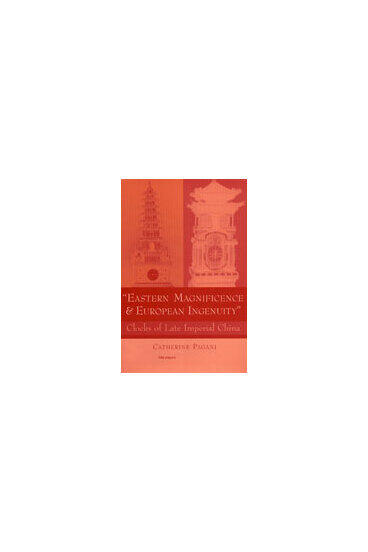Eastern Magnificence and European Ingenuity
Clocks of Late Imperial China
An exploration of the important role played by elaborate clockwork in relations between China and Europe from the late sixteenth to the late eighteenth centuries
Description
The period from the late sixteenth to the late eighteenth centuries was one of complex change for the Chinese. Europe was eagerly looking to the East with an interest in developing a China market, not just in commercial and diplomatic enterprises but in evangelical ventures as well. The resulting contacts produced significant cultural exchanges and appropriations, as well as misconceptions and stereotypes. Profoundly affected by these interactions were the areas of technology and the decorative arts. Europe became enamored of Chinese style, and a fashion known as chinoiserie permeated the decorative arts. In China, one result of Sino-European contact was the introduction of a new and important technology: the Western mechanical clock.
Called in Chinese zimingzhong, or "self-ringing bells," these elaborate clocks were used as status symbols, decorative items, and personal adornments, and only occasionally as timepieces. Most importantly, they were signifiers of cultural power: Europeans, whether missionaries or ambassadors, controlled the introduction of both object and technology, and they used this control to advantage in gaining access to the highest reaches of Chinese society.
Through her focus on technology and the decorative arts, Catherine Pagani contributes to an overall understanding of the nature and extent of European influence in late Imperial China and of the complex interaction between these two cultures. This study's interdisciplinary approach will make it of interest to those in the fields of art history, the history of clockwork and of science and technology, Jesuit history, Qing-dynasty history, and Asian studies, as well as to the educated general reader.
Catherine Pagani is Associate Professor, Asian Art History, University of Alabama.

